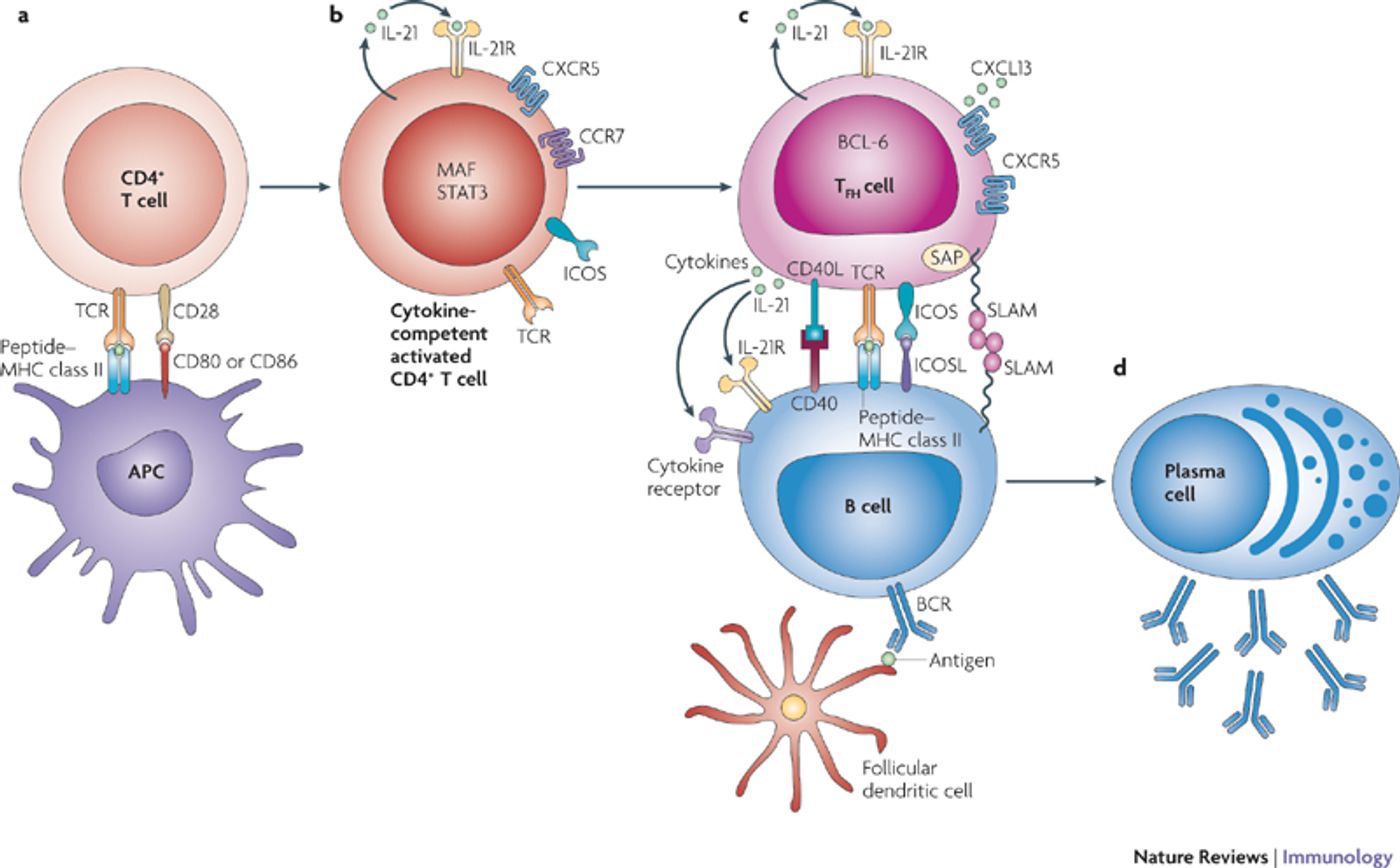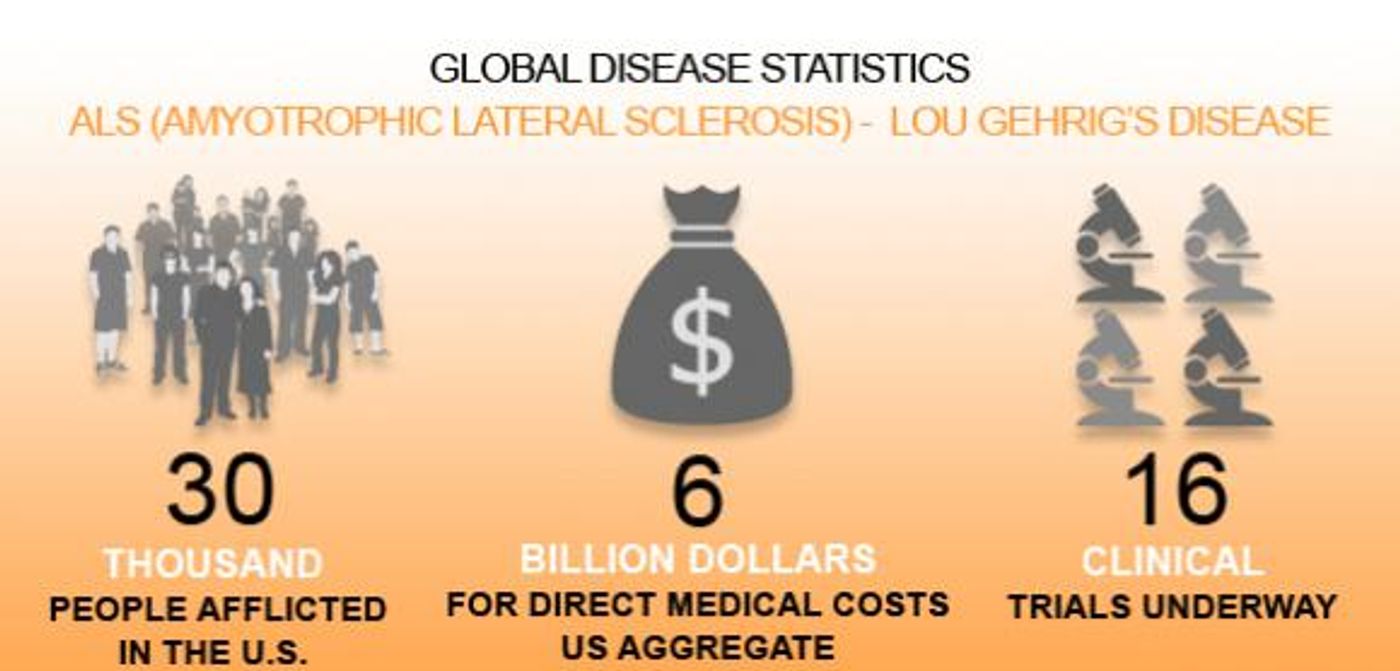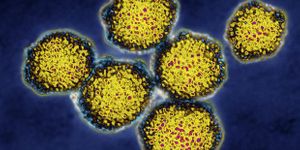It is the antibodies that detect pathogens in order to fight infections and prevent disease, but there is an entire team of immune cells that work together to develop the best, most effective antibodies. New research from the La Jolla Institute for Allergy and Immunology exposes a previously unknown relationship between two key players in the creative process that produces antibodies.
Follicular helper T cells (Tfh) are rare compared to the amounts of other types of immune cells that are present in the body, but they are uniquely responsible for helping B cells to mature so they can produce antibodies. Moreover, Tfh cells ensure that high-affinity antibodies make up the army of pathogen-detecting cells, and they do so with the help of two molecular players.
Inducible T cell co-stimulator (ICOS) is a key signaling molecule that scientists previously had only a fuzzy understanding of as far as its relationship with Tfh function. The present study uncovers ICOS’ role in Tfh cells’ ability to manipulate antibody specificity, and now scientists believe they could possibly harness ICOS’ power to develop new vaccines and treat autoimmune disorders.
ICOS also has a connection to amyotrophic lateral sclerosis (ALS) and childhood herpes simplex virus encephalitis (HSE). ALS, also known as Lou Gehrig’s disease, progressively affects neurons and spinal cord cells, causing their degeneration and subsequent loss of muscle movement. At the latest stages of ALS, affected people can become completely paralyzed.
HSE is also associated with the central nervous system, with a third of people affected being children and young adults. Despite several medical attempts at antiviral therapy for HSE, this infection is harsh and undiscriminating; it causes fever and “focal neurological signs.”
Scientists from this study believe that the relationship between ICOS and these diseases tie back to an interaction between ICOS and an enzyme also involved in antibody maturation, called TANK-binding kinase 1 (TBK1). Any miscommunication involved in the reaction between ICOS and TBK1 is thought to either cause the production of autoantibodies, in the case of ALS, or an excessive immune response, in the case of childhood HSE.
Tfh cells, TBK1 and ICOS are all interconnected during a sort of “B cell boot camp,” where the best and brightest B cells are chosen to protect the body by making antibodies. First, ICOS stimulates maturation of Tfh cells, and the mature cells then migrate to the follicles of B cell-dense immune organs like the spleen and lymph nodes. Upon being united with B cells, the Tfh cells activate them, and the activated B cells travel to the germinal center of the follicle and undergo rapid division.
In the germinal center, B cells enter into a vital period of selection where the cells with the highest affinity to pathogens are selected to survive and move on. Those B cells deemed worthy of further existence continue to undergo multiple rounds of further selection. Any error during this complex process could lead to the production of antibodies that either do not bind strongly enough to be effective or antibodies that bind too strongly to the body's own cells instead of foreign cells.
Scientists from the La Jolla Institute set out to further understand the very specific relationship between ICOS and TBK1, hoping for insight into how to improve antibody affinity maturation or to improve vaccine development. They found that ICOS recruits TBK1 when the time is right, and TBK1 then activates the Tfh genes needed for producing antibodies with high affinity for detecting pathogens. They also identified the specific region in the ICOS genome required for this recruitment, and disruption of this region has huge consequences for antibody production.
With all of the information gleaned from the study about antibody production and the interaction between the molecular players involved, scientists from the study are hoping to incorporate their knowledge into vaccine and/or drug targets. For now, they have a lot of clues to work with.
Their study was published recently in the journal
Nature Immunology.
Source:
La Jolla Institute for Allergy and Immunology,
ALS Association, and
Seminars in Pediatric Infectious Diseases










